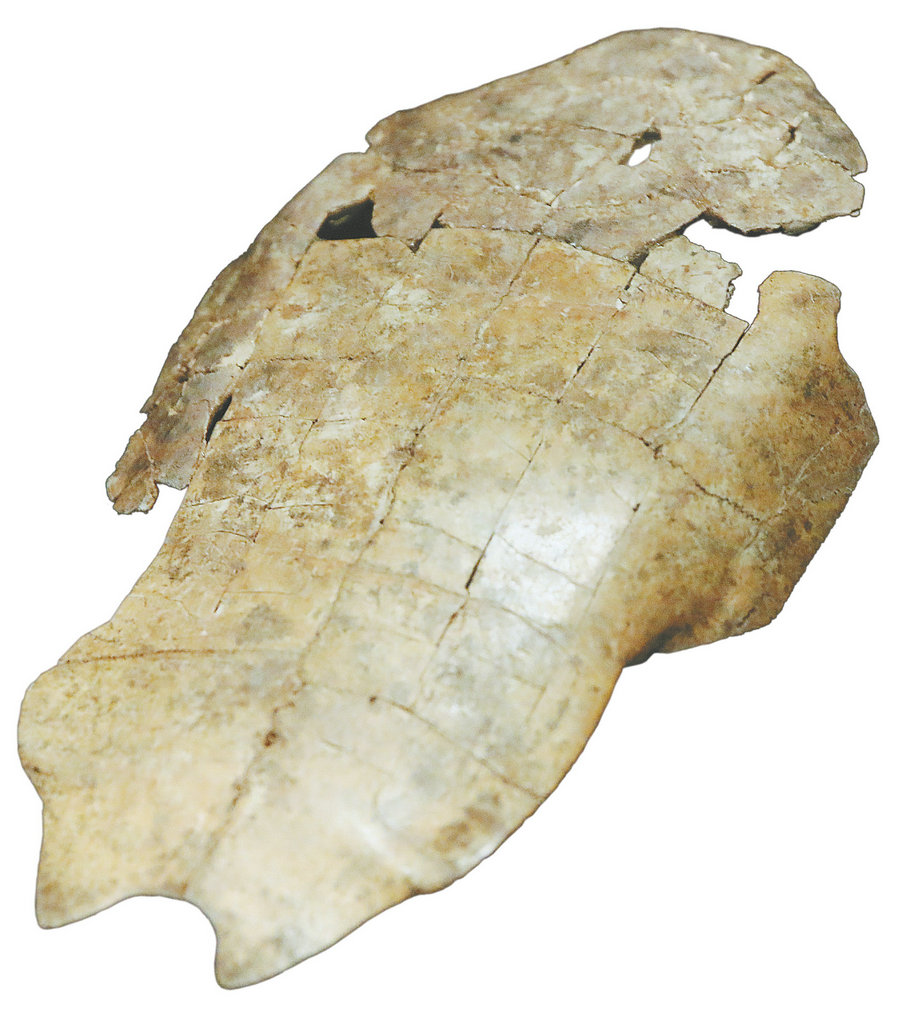

Growing collections
Oracle bones were believed to be first unearthed in Xiaotun village, Anyang, today's Henan province, in the dwindling stages of the Qing Dynasty (1644-1911). The region was once called Yin, serving as the capital of the Shang Dynasty in its late stage.
Villagers had little idea of what they had found and sold the bones to drugstores as traditional Chinese medicine; some people even ground the surfaces flat — having the inscriptions erased — so that they would be accepted by the TCM stores.
The medicines known at the time as "dragon bones" gained the notice of scholars and historians in the late 19th century and they began to study and collect the bones with inscriptions. The discovery was followed by a series of archaeological excavations, primarily in Anyang where the Yinxu site is located. Yinxu, in Chinese, means the ruins of Yin. Over the past 120 years, major systematic excavations have been carried out, boosting the studies of the history of the Shang Dynasty and written Chinese.
A relic site museum has been built at the Yinxu site, recognized as a UNESCO World Heritage Site, and the Chinese oracle bone inscriptions were listed in the UNESCO Memory of the World Register program in 2017.
Wang Wei, a member of the Chinese Academy of Social Sciences, says discovering and pinpointing the Yinxu site was the starting point and foundation of exploring the cultures of Xia (c.21st century-16th century BC) and Shang dynasties, and tracing the origins of the Chinese civilization.